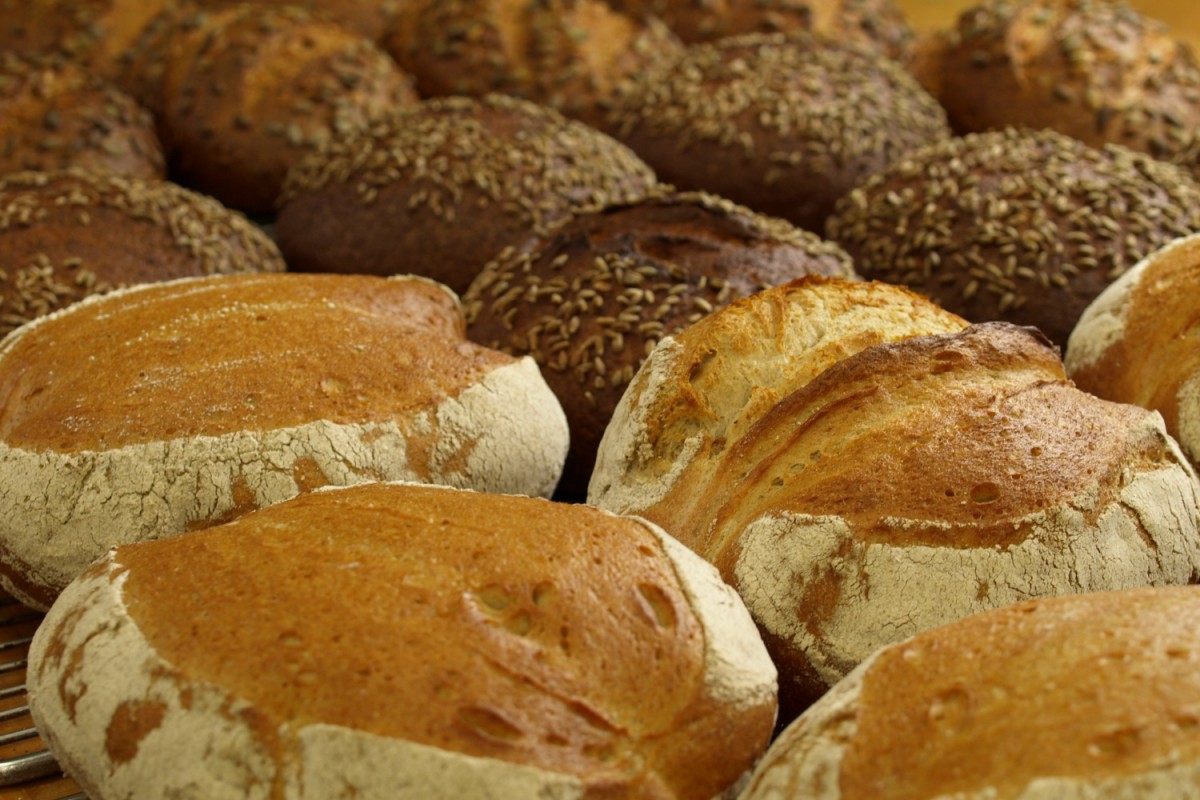

Particularly the ones that the Italians have copied from France. There are a lot of types of bread that are similar in both countries. They heat to at least 400C (750F) when making pizza where most electric bread ovens cannot go that high. A slight smokiness flavour is added to the bread when using wood-burning ovens. The high temperature that wood burners create also helps to create rustic, irregular crusts that appear on several Italian loaves of bread. A higher bread baking temperature is necessary for pizza and some pieces of bread with darker crusts (without over baking the inside of the bread). Wood burners can operate at much higher temperatures than most electric ovens. The ovens used by French and Italian bakersįrench bakers use electric stone baked ovens whereas in Italy there are many wood-burning ovens still in use. It’s a starter that is wrapped in a cloth and soaked in sweetened water. They are both the same as each other, just two names to call their sourdough starter. Italian bakers have Lievito Madre or Pasta Madre. What is the difference between Lievito and Pasta Madre? It helps to remove acetic acid and raise oxygen levels in the dough. Once a week the water is sweetened with sugar or honey, which is called “washing”. A lievito madre is wrapped in cloth and soaked in water between refreshments. Like traditional sourdough natural yeasts develop over time to be able to levain bread. The Italian lievito madre is a dense sourdough starter made from refreshments of flour and water. They also use the lievito madre method to make sourdough. The Italians made it one step better (or more complicated) and have an aged mother dough that uses honey to activate it. French bakers follow a refreshment of flour, water and sourdough in equal or roughly equal quantities.

Though there are different ways in which each country goes about creating one. Do both countries make sourdough bread?īakers in both countries use sourdough as well as yeast to raise their bread. This allows the flavour from the flour to develop. It’s important to use the minimum amount of yeast to raise the bread. Preferments also allow the yeast to become more active so that less can be used. This reduces fermentation time and aids flavour and keeping quality. Using preferments adds flour that has been conditioned which creates more structure and organic acids in the dough. Biga’s can contain less water and around 0.5% yeast. For more information about levains, view the what is a levain article.Ī poolish has the same amount of flour to water ratio with around 0.25% yeast. They are both levains which is the name given to an active yeast or raising agent used to make bread rise. The poolish originated from Polish bakers and has been adopted by the French. What’s the difference between an Italian biga and a French poolish preferment?īiga’s and poolishes are types of preferments which are very similar. Butter is always preferred.īut it’s not just the ingredients, how the bread is raised and the equipment used to make the bread is different in each country too. They will never use oil in bread baking unless frying. Only when French bakers make sweet bread, do they use fats and sugar in their bread. The bread is then awarded a title depending on the number of ingredients it contains and the equipment used to make it. The use of natural bread improvers is allowed, providing the bread is labelled with the correct title. For sweet bread, sugar and butter are included.įrench bread is governed by French law, though it is not as strict as many outsiders believe. The ingredients used by French bread bakersįrench bakers do not use much else other than flour, water, salt and yeast in their bread. To compare, there are 500 in Britain (credit Craft Bakers Association). There are over 30,000 boulangeries, that’s one for every 2,000 people (credit Quora) in France. If you want to be renowned for your bread, you would class yourself as a Boulangerie and vice versa for Pâtisseries. While “Pâtisseries” also tend to sell bread as well. Most shops labelled as “Boulangeries” provide pâtisserie. These sell beautiful cakes that you would only find in the expensive parts of London in the UK. What’s the difference between Boulangeries and Pâtisseries?īoulangeries tend to feature a pâtisserie counter as well. Bakeries or “Boulangeries”, as they are named in French offer fantastic bread, nearly always hand made on site. So many in fact, I’ve seen bakeries selling bread that would get street long queues in other nations close down, largely due to too much competition.

Independent bakers also litter the high streets in France.
#Artisan italian bread how to
How To Make Bread For The First Time With A Simple White Bread Recipe (START HERE) French bread cultureįrench supermarket bread is a serious upgrade to supermarket offerings in the Uk and US.


 0 kommentar(er)
0 kommentar(er)
